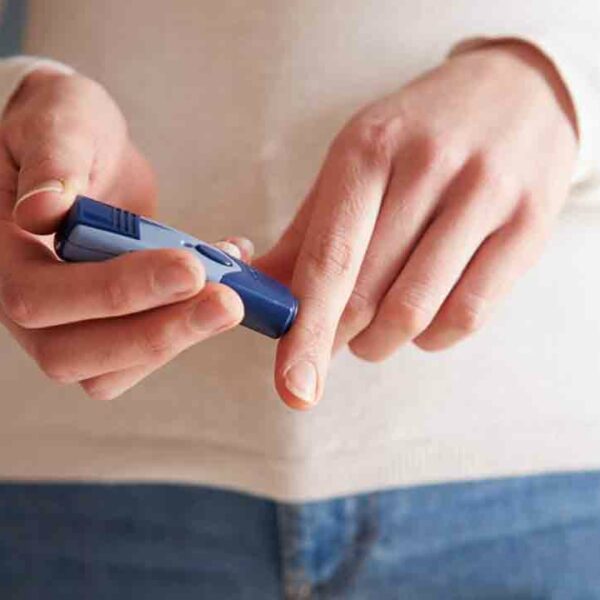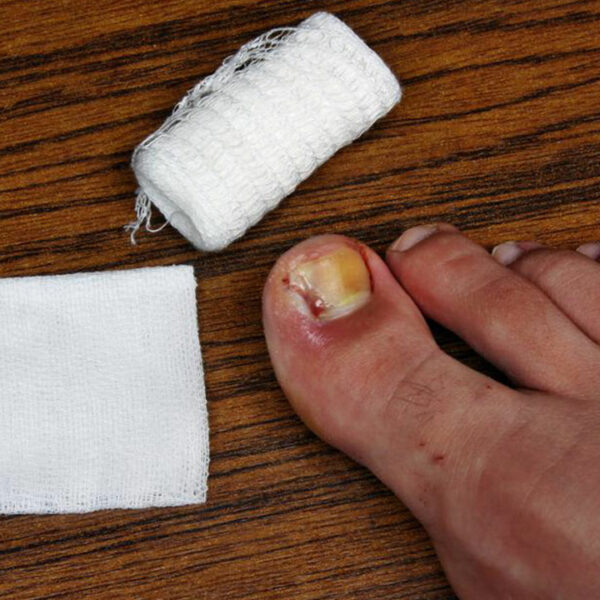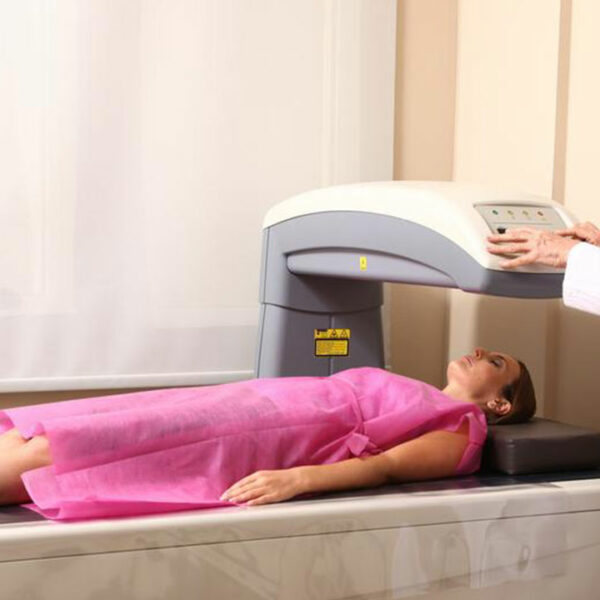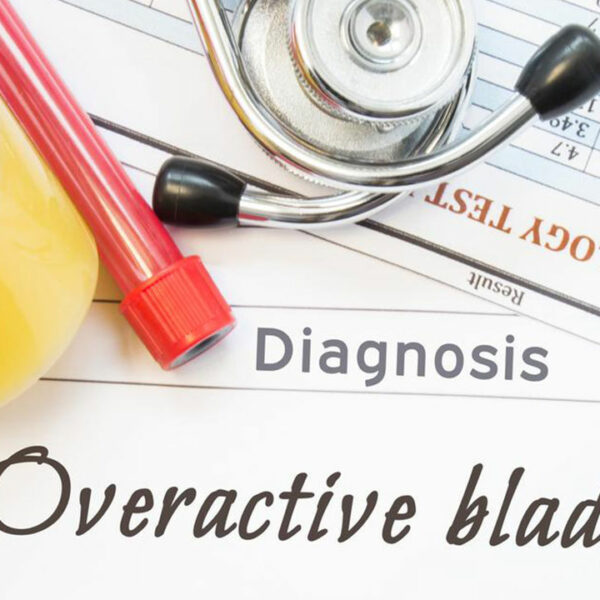
Causes and Treatments for Lower Abdominal Pain
It’s a typical experience that we all face, especially for women, when you have a stomach pain and don’t feel like moving much. Often, the pain occurs, particularly in the lower abdominal area. In most cases, such a pain isn’t a serious one; however, it can sometimes be a symptom of a serious health issue. The abdomen in a body is the space between the chest and the pelvis. The abdominal space comprises of the stomach, small intestine, liver, spleen, urinary bladder, pancreas, gallbladder, and adrenal glands. The lower abdomen consists of the pelvis which is technically the urinary bladder and rectum that also include prostate glands in men and uterus and ovaries in women. The cause of abdominal pain is as simple as indigestion, gas or due to food allergies. For women, the cramps might be because of menstruation. While most of the pains can be cured with timely rest or by following a few home remedies, some might require a visit to a physician, who can make the right diagnosis. Let’s take a closer look at the symptoms and causes of the pain in the lower abdomen to know about its diagnosis and treatment. Find the symptoms The abdominal pain can often be confused with pain in other organs.









